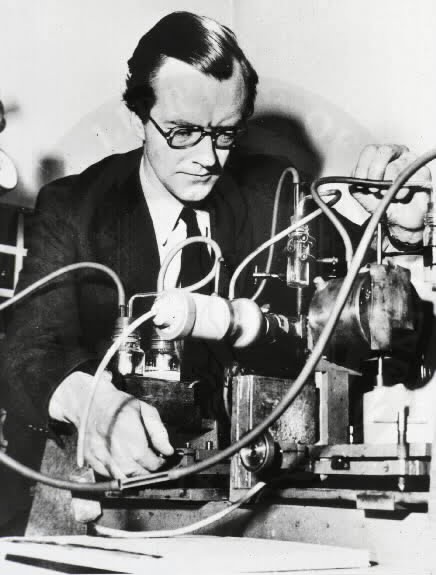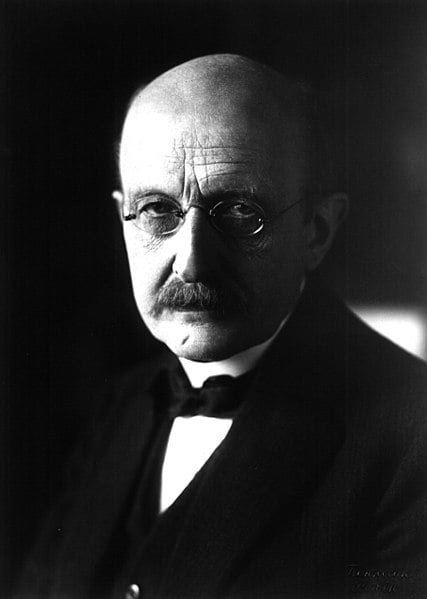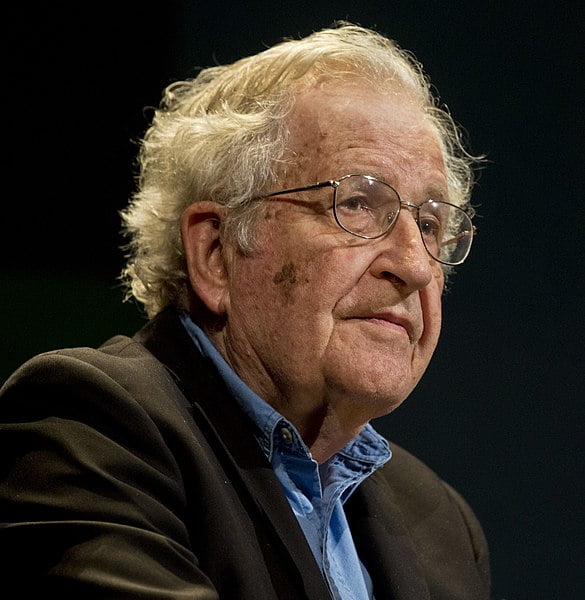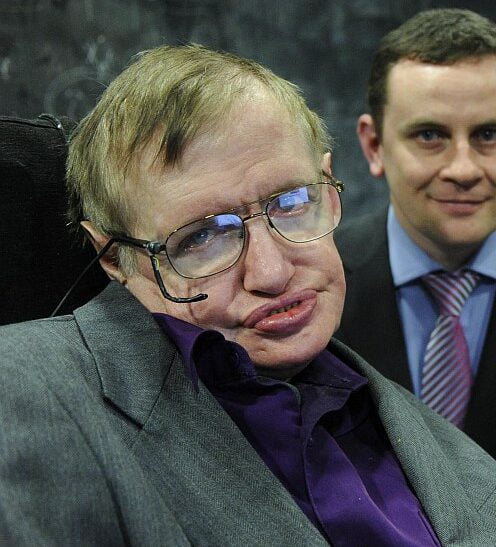| Name | Maurice Hugh Frederick Wilkins |
| Born | 15 December 1916, Pongaroa, New Zealand |
| Died | 5 October 2004 (aged 87), Blackheath, London, England |
| Education | King Edward’s School, Birmingham; University of Cambridge (BA); University of Birmingham (PhD) |
| Known For | X-ray diffraction, DNA structure |
| Spouses | Ruth Wilkins (divorced), Patricia Ann Chidgey (m. 1959) |
| Children | 5 |
| Awards | Lasker Award (1960), Nobel Prize in Physiology or Medicine (1962), EMBO Membership (1964) |
| Fields | Biophysics, Physics |
| Institutions | King’s College London, University of Birmingham, University of California, Berkeley, University of St Andrews |
| Thesis | Phosphorescence decay laws and electronic processes in solids (1940) |
| Doctoral Advisor | John Randall |
| Notable Contributions | – Produced the first clear X-ray images of DNA – Sent clear X-shaped images of DNA to James Watson and Francis Crick, leading to their discovery of the DNA structure – Awarded the Nobel Prize in Physiology or Medicine in 1962 |
| Early Life & Education | – Born in Pongaroa, New Zealand – Studied at King Edward’s School, Birmingham, and later at the University of Cambridge – Became a PhD student of John Randall at the University of Birmingham |






